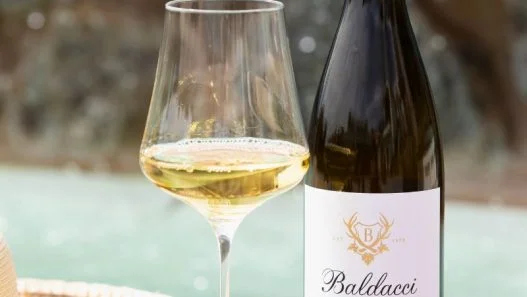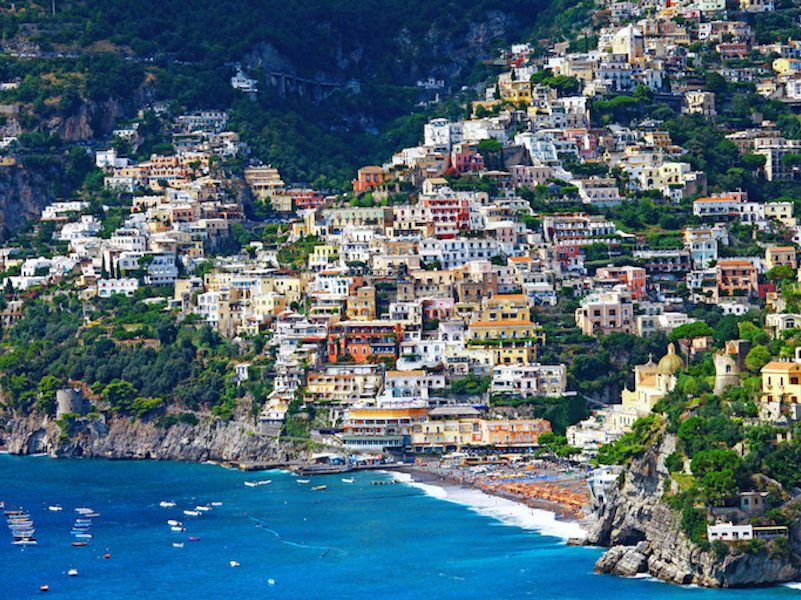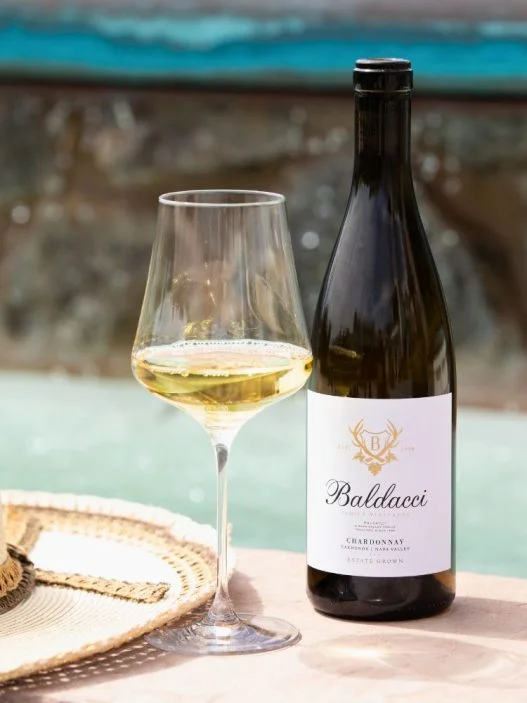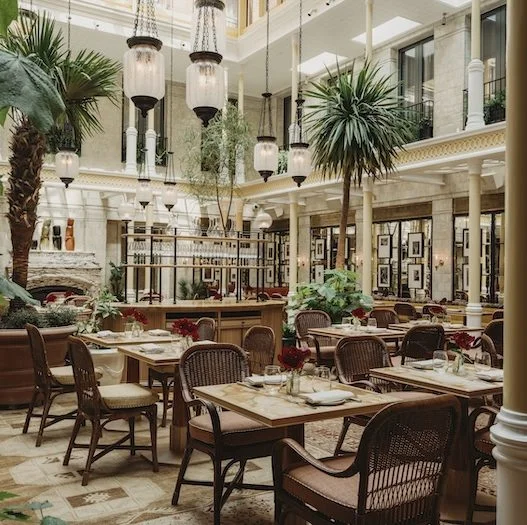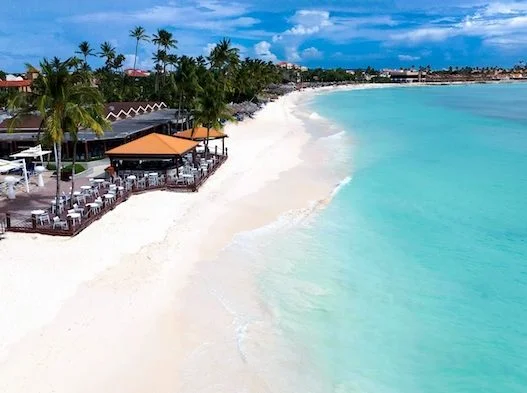The Amalfi Coast and its stunning landscape with sights to live for. Enjoy a rare experience you will repeat much more than once, with plenty of food, too.
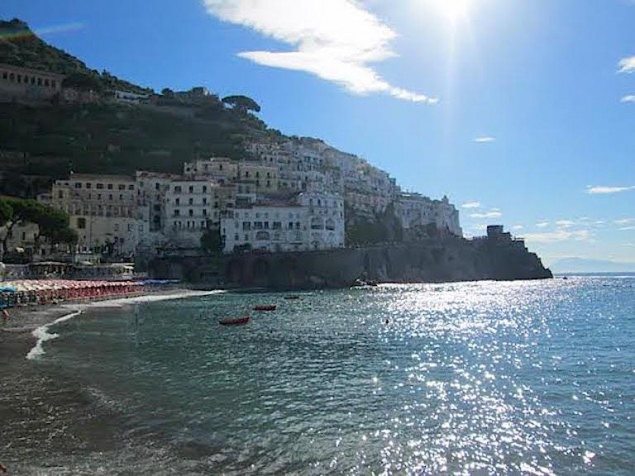
The Amalfi Coast and its stunning landscape are a sight to live for, a rare experience you will repeat much more than once.
Known and appreciated since the time of the ancient Romans, it owes its name to the town of Amalfi, one of his many jewels. Positano, Sorrento, Ravello, Praiano, are just some of the small villages that evoke unforgettable images. UNESCO world heritage, the Amalfi Coast offers many unspoiled corners to discover during a holiday. From the heights of Ravello you can enjoy a breathtaking view over the coast. From its tufa rock overlooking the sea, Sorrento is set preferred by directors of international renown. The “Grotta dello Smeraldo”, near Amalfi, owes its name to the unique color and especially water. The beach at Positano offers suggestive corners. Praiano’s creeks are almost all reachable only by boat.
The coast has always been a favorite attraction for actors and celebrities (among the most assiduous frequenters of the past stand out the names Churchill, Bogart, Greta Garbo, Maria Callas, JFK and his wife Jacqueline).
The coast is not far from Naples, with its magnificent Gulf, Mount Vesuvius and the archaeological sites of Pompeii and Herculaneum. As if all this were not enough, near the Coast there are the magical islands of Capri and Ischia, renowned and appreciated by the international tourism and urban life for its picture postcard.
In 1879, while walking through the narrow streets of the villages of Amalfi, Erik Ibsen found the inspiration to finish his work “Doll’s house”. On the eve of the twentieth century, the coast of Amalfi was rediscovered as a popular tourist destination. In the ‘60s, those of the economic boom of the Dolce vita (Sweet life) filmmakers, and artists of all kinds have gone to the coast. From this splendid combination of art and nature enthusiasts are born loves and works of art.
From the Amalfi coast, tourists will not ever dismisses with a farewell, but with a “see you soon”.
AMALFI, A CITY OF LEGEND
The legend tells that the foundation of Amalfi was an act of love that Hercules, son of Zeus, dedicated to his beloved. The nymph called Amalfi had eyes blue like the sea. After the untimely death of his beloved, Hercules buried her in a beautiful place by the blue sea. On the grave of his beloved, Hercules founded Amalfi, and her strength has always been a quality highlighted in the city’s history.
Skilled in maritime trade, the inhabitants of Amalfi were the first to invent the compass and to spread it in the Mediterranean. The commercial and diplomatic skills enabled the inhabitants to navigate through the entire Mediterranean, establishing trade relations and peace with all the neighboring peoples. The merchants of Amalfi had colonies in the major cities of the Mediterranean. For this, the small town was able to keep up with the other three naval powers of the time, Pisa, Genoa and Venice. After the glorious centuries, in 1600, Amalfi entered a period of crisis, partly because of a ruthless plague that killed almost a third of the coastal population.
In the eighteenth century, Amalfi was a city almost deserted and the noble families had moved to Naples. Amalfi returned to shine in the early nineteenth century, when Joseph Bonaparte, on a visit to the Kingdom, was struck by the beauty of the Amalfi Coast and decided to build a large coastal road that would facilitate access from Naples to Amalfi. Since that time, the Amalfi Coast returned to shine with the beauty that possess magical and timeless places.
WHAT TO SEE:
The Arsenal of the Republic is the main witness of the glorious past as a seafaring town. Unique arsenal of medieval origin survived in all Southern Italy, it has come to our days surprisingly intact in its early medieval lines such as unique in its kind. Its architecture is impressive and stylish. The Museum of the Compass, set up inside the arsenal, housed documents and illustrates the amazing history of the ancient Maritime Republic of Amalfi.
The Cathedral of Amalfi (Duomo) stands in the square of the town bell. Dating back to the ninth century AD, has undergone over the centuries a number of extension work. To visit especially the bell tower, which dates back to 1180. Its extraordinary staircase makes this even more majestic cathedral that dominates the city. The Cathedral strikes the visitor already with the sole view of the exterior facade with its two-colored marbles that make it visible and noticeable. From the left side of the porch of the cathedral leads to the Cloister of Paradise (“Il Chiostro del Paradiso”), a true corner of the east in southern Italy. It was built between 1266 and 1268 as a cemetery for the illustrious citizens of Amalfi.
A must is a stop to “Paper mill Museum” (Museo della carta”) where the visitor,, among other things, have the excitement of creating their own paper. Amalfi and its age-old tradition of creating still the handmade paper come to life in this fascinating museum where the entire process of creation was sustainable because the paper was made from old rags of cloth. Today, Amalfi is known worldwide for continuing this tradition and is one of the jewels of the city.
Atrani, 500 meters from Amalfi, is a seaside village of rare beauty. Atrani is an ideal place to taste the specialties of the area. Recommended restaurant “Le Palme” where, among other things, you can eat a great pizza.
AMALFI COAST: A FOODIE PARADISE
It is hard to believe that a small piece of land, could embrace such a wealth of culinary delights. But it is so. Welcome to Southern Italy.
The South of Italy (including the Amalfi Coast, one of the most popular attractions) is the capital of the Mediterranean Diet, which UNESCO has declared Intangible Heritage of mankind. A healthy, colorful, tasty and simple cuisine that has remained intact over the centuries. A cuisine that promotes local products, fruits and vegetables of the season, cereals, pasta and fish.
Those who visit the Amalfi Coast, choosing to continue the trip even in other areas of Southern Italy, runs through an important sensory experience. A feast starring sight, smell and taste.
This experience begins just landed at Naples, the home world of pizza and Espresso and continues in Amalfi, where you will never find two plates of the same flavor.
The same ingredients assume different flavors, depending on the area in which they were grown. Each area of the Coast has its own dish, its own way of combining flavors, gastronomic and a culinary variety that characterize it.
Spaghetti with anchovies from Cetara are one of the specialties to try. Very request is the so-called “Colatura di Alici” (“Pouring anchovy”), a liquid, amber in color, with a very intense taste, produced by macerating various layers of anchovies, alternating with other large fish cut into pieces, with salt and flavorings.
One of the most famous Amalfi dishes is “Scialatielli”, typical handmade pasta, topped with a delicious sauce made with fresh clams. In Capri, where it was born (and all Campania region), do not miss to try, the real “Caprese”, with the best tomatoes of Southern Italy, the Genoese basil and buffalo mozzarella, the queen of the summer Southern Italy table.
Cheese, ricotta and mozzarella, finished with a traditional treatment that has been passed down for centuries, marry perfectly with the main dishes of fish, shellfish and crustaceans, strictly fresh.
In Amalfi you can eat well everywhere but, of course, even here, as elsewhere, there are places more special than others, both for food and for the atmosphere. The “Taverna Buonvicino” is one of these. Situated in one of the oldest squares of the city, this restaurant offers the simplicity of the Amalfi Coast cuisine, fresh local ingredients and unique hospitality. Enza, one of two chefs, and the staff service, take care of the customer selecting the best of the local cuisine.
THE AMALFI COAST AND THE PATH OF LEMONS
The path of the lemons, splendid treasure of the Coast, starts from the stunning Maiori, probably for many, the less known town of the Amalfi coast.
The Path of Lemons, in Maiori, is an ancient poetic and unforgettable route. A path that, between bright colors and strong scents, allows you to get in close contact with a sweet but present nature in every corner of the Coast. This is the realm of “Sfusato Amalfitano”, a type of lemon known in the world for its shape, aroma, flavor and high in vitamin C. The unmistakable scent of this citrus fruit, particularly strong when the trees are in bloom, takes tourists along the way.
The lemons of the coast, well known even from the times of the Romans, carried in baskets rectangular strips of wood, are one of the many gourmet specialties of the Amalfi coast to try. Fantastic raw or for a luxury lemonade, they become valuable and rare ingredients to prepare all kinds of dishes, from appetizers to desserts.
“Sfusato Amalfitano” is the essential ingredient of limoncello, the famous liqueur with a unique taste. Best served cold, Limoncello is a fantastic ingredient to prepare delicious sweets filled with this liqueur or limoncello cream. At the food shop “Antichi sapori di Amalfi”, Patrizia and her husband offer the best specialties made with Amalfi lemon, including the Limoncello. Patrizia, an expert biologist, in the laboratory located inside the store prepares the Limoncello according to the ancient tradition.
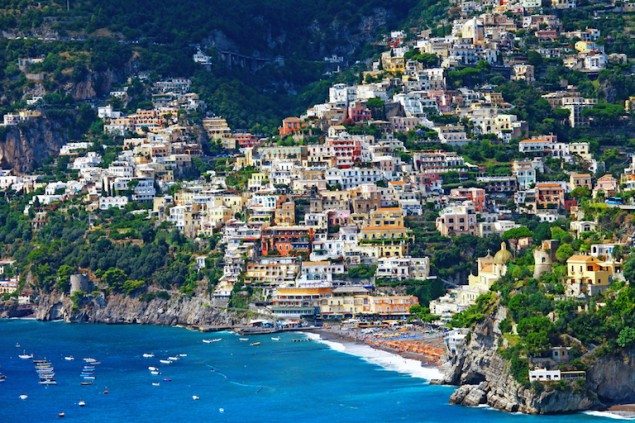 Shutterstock:leoks
Shutterstock:leoks
POSITANO AND RAVELLO: THE TWO GEMS
“Go away from Positano, it’s impossible”, wrote, in his diary, the German painter Paul Klee. Nestled in the mountains, surrounded by rich Mediterranean vegetation, Positano is a so picturesque village as to seem a spontaneous stage. Seen from the sea it looks like a big crib, a waterfall of little multicolored houses clinging onto its sides. The town develops vertically (it is the most vertical city in Europe).
The houses, built next to each other, characterized by give onto the sea, are painted in pastel colors, giving the impression of a faceted gemstone. Not surprisingly, Positano is called “the gem of the divine coast”. The narrow streets, with numerous boutiques, run downhill between the houses flowing onto the wide beach. From here the view is beautiful both towards the sea to the land that climbs the mountain.
On the main square of Positano, a must is a visit to the church of Santa Maria Assunta with great colored majolica. Positano has the typical architecture of the Amalfi Coast, where military requirements, imposed stairways, porches, underpasses and narrow, easily defended. Today this become home to small shops where you can find the best Positano fashion, where expert craftsmen realize customized flip flops and clogs, the typical products of local food, whit lemon that occupies a place of honor.
Ravello, famous for its peaceful atmosphere, offers architectural gems of rare elegance. The Cathedral is one of these, together with Villa Rufolo, which has one of the most beautiful gardens in the Campania Region (Wagner found right in those gardens the inspiration for the Klingsor garden of his Parsifal) and Villa Cimbrone, purchased in 1904 by Ernest William Beckett.
Recommended a visit to the “Coral Museum” (Museo del corallo), which exhibits coral, cameos from Roman times to the last century.
CAPRI: ENJOY THE “VITA BELLA”:
Capri is a palette of colors, where the blue sea and sky seem to blend with one another. Here, life is relaxing, away from the hustle and bustle. Also for this reason, has always been a favorite destination for international business tycoons, actors and various celebrities. The famous Piazzetta is the symbol of the Island, a place of social gathering welcoming and relaxed, made small talk while sitting at a table.
More than antiquity, Capri owes his fortune to the intellectuals and politicians who frequented it assiduously, from the second half of the nineteenth century, a period that marked the rebirth of Capri. Romantic artists who visited the small island in the Bay of Naples were fascinated by its immaculate nature, panoramas overlooking the sea and the ease with which the few residents led their lives. Capri was included as a milestone of the “Grand Tour” (the journey of the young aristocrats of the time in European countries) and a growing number of artists and intellectuals chose to retire for a long time (sometimes for life) in their villas. During the nineteenth century, Capri received artists from all over the world, mainly Germans, belonging to the penniless bohemian period. Only at the end of the nineteenth century, with the opening of the “Grand Hotel Quisisana” (considered one of the most luxurious hotels in the world), Capri hosted tourism made of noble, royal, and personalities of politics and industry.
From the second half of the twentieth century, Capri became the capital of the world and the Café Society: fashionable parties and dinners in evening dress. Capri still remains one of the most luxurious places in the world, desired, dreamed, visited by tourists from all over the globe. The dream of these tourists? Sitting in the window of the Piazzetta to combat the anonymity and be able to say: “I’ve been there”.




